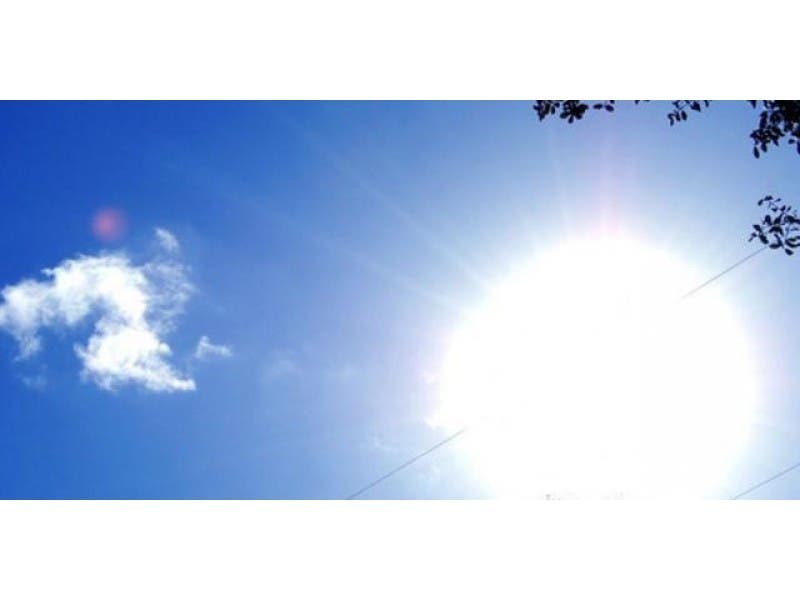Home & Garden
Air Quality Advisory Issued for Hudson Valley Friday
The warm temps mean the ozone advisory could be in effect through the Memorial Day weekend, officials say.

While the high temperatures continue, air quality issues have expanded to areas north of Westchester and Rockland counties in the Hudson Valley.
The New York State Department of Environmental Conservation has issued an Air Quality Health Advisory Friday for Sullivan, Ulster, Dutchess, Orange and Putnam counties, as well as Rockland and Westchester counties.
The advisory is in effect from 11 a.m. Thursday until 11 p.m. Thursday. New York City and Long Island are also under the advisory.
Find out what's happening in New Rochellewith free, real-time updates from Patch.
DEC meteorologists are predicting levels of pollution, either ozone or fine particulate matter, are expected to exceed an Air Quality Index value of 100.
Find out what's happening in New Rochellewith free, real-time updates from Patch.
The AQI was created, officials said, as an easy way to correlate levels of different pollutants to one scale, with a higher AQI value indicating a great health concern.
From the DEC’s press release:
Summer heat can lead to the formation of ground-level ozone—a major component of photochemical smog. Automobile exhaust and out-of-state emission sources are the primary sources of ground-level ozone and are the most serious air pollution problems in the northeast. This surface pollutant should not be confused with the protective layer of ozone in the upper atmosphere.
People, especially young children, those who exercise outdoors, those involved in vigorous outdoor work and those who have respiratory disease (such as asthma) should consider limiting strenuous outdoor physical activity when ozone levels are the highest (generally afternoon to early evening). When outdoor levels of ozone are elevated, going indoors will usually reduce your exposure. Individuals experiencing symptoms such as shortness of breath, chest pain or coughing should consider consulting their doctor.
Ozone levels generally decrease at night and can be minimized during daylight hours by curtailment of automobile travel and the use of public transportation where available.
New Yorkers also are urged to take the following energy?saving and pollution-reducing steps:
- use mass transit or carpool instead of driving, as automobile emissions account for about 60 percent of pollution in our cities;
- conserve fuel and reduce exhaust emissions by combining necessary motor vehicle trips;
- turn off all lights and electrical appliances in unoccupied areas;
- use fans to circulate air. If air conditioning is necessary, set thermostats at 78 degrees;
- close the blinds and shades to limit heat build-up and to preserve cooled air;
- limit use of household appliances. If necessary, run the appliances at off-peak (after 7 p.m.) hours. These would include dishwashers, dryers, pool pumps and water heaters;
- set refrigerators and freezers at more efficient temperatures;
- purchase and install energy efficient lighting and appliances with the Energy Star label; and
- reduce or eliminate outdoor burning and attempt to minimize indoor sources of PM 2.5 such as smoking.
DEC meteorologists also anticipate that due to current conditions downstate New York could experience high ozone levels each day through the holiday weekend.
A toll-free air quality hotline is available so New Yorkers can stay informed on the air quality situation: 1-800-535-1345.
Get more local news delivered straight to your inbox. Sign up for free Patch newsletters and alerts.